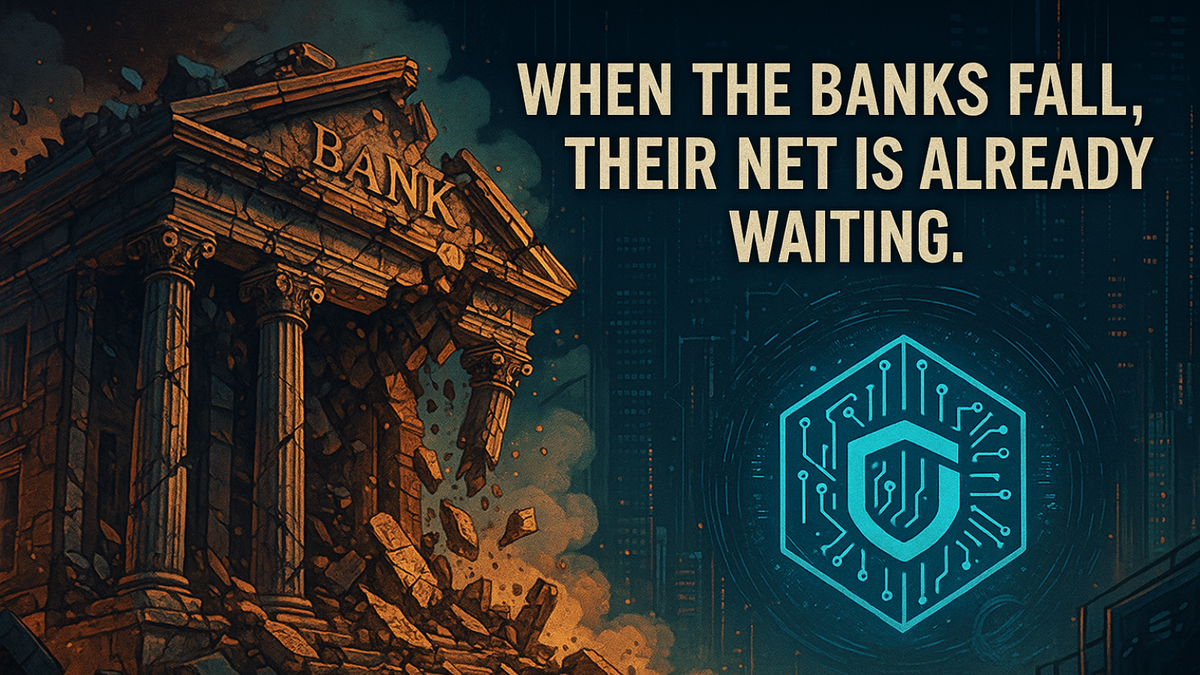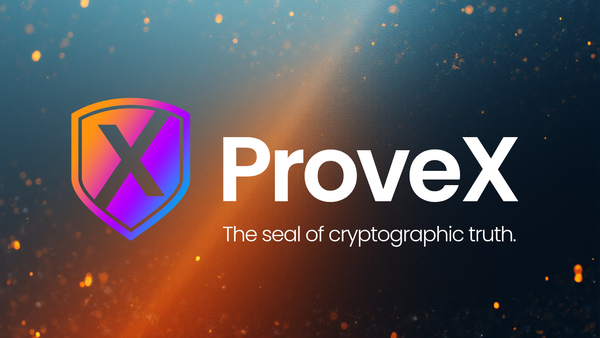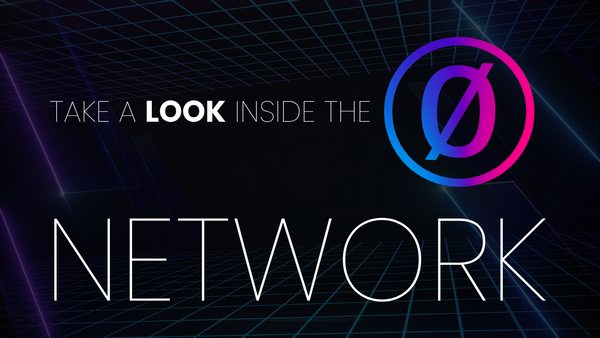The Great Digital Funnel
We can’t stop the digital shift. The only choice is whether we walk into their system or build our own.

"They’ll sell you freedom on the way in — and hand you a digital leash on the way out."
For twenty-five years I’ve been dismantling the illusions. Not in some academic way, but piece by piece, from lived experience, from the ground up. Every movement, every so-called “alternative” that promised freedom, every reform that claimed to be for the people… in the end, it all operated within the same financial architecture. A cage is still a cage, even if you repaint it. Ten years ago I understood what that really meant: you don’t fix that kind of structure, you walk away from it. You build something new. The world is going digital whether you like it or not, and when that’s the trajectory, the only rational move is to make sure the digital system you live in isn’t owned by the same people who built the last one. You build a fortress — not of concrete and steel, but of math and code — one that answers to no central authority and can’t be altered at will.
But here’s the trick they play. Just as the old order starts to lose its grip, just as people begin to sniff out the possibility of something freer, they dangle a new carrot. You’ve seen it. Glossy adverts in football stadiums, banners in Formula One, celebrities grinning with laser eyes. Protocols with impossible promises: ten thousand transactions per second, frictionless trading, instant riches. And behind them? Venture capital. The men in suits. The marketers. The ones who don’t care about the technology except in so far as it makes a net to catch the fish swimming away from the shore of the old world. Most people don’t see the net because the bait glitters. Years of financial struggle make it hard to think straight when someone’s holding out the possibility of life-changing gains. You’ll do anything for that chance — and that’s exactly when you stop asking the questions you should.
In they come, not to join the cypherpunks who coded for freedom, but to take their work and reshape it into something palatable to regulators, banks, and their own boardrooms. Crypto began with anarchists and idealists building peer-to-peer systems outside the reach of any government or corporation. Read the Bitcoin white paper and you’ll see it: the intent was sound. Cheap, fast, borderless transactions without middlemen. But somewhere along the line, whether by infiltration or simple market capture, Bitcoin became something else. Today its mining is dominated by a handful of pools, its direction steered by developer groups, its utility as everyday money sidelined in favour of its branding as “digital gold.” That’s not what was promised.
And as Bitcoin was reshaped, a new wave of blockchains emerged — Sui, Solana, and others — wearing the mask of decentralisation while hiding the levers of control in plain sight. High TPS? Sure. But how do you get that? You lower your validator count. You make it expensive, even prohibitive, for most people to run a node. You consolidate validation into the hands of a few, and suddenly you have validator collusion, the ability to pause or reverse transactions, to freeze accounts. All sold as “safety” in case of hacks or exploits. What it really does is normalise those controls. If you accept it here, you’ll accept it in the CBDCs when they roll out. And because the gains are there — the carrot is there — most will walk willingly into the funnel. It’s the wasp trap in digital form.
Centralised exchanges play their part too, herding users into KYC, compliance, and custodial wallets. Once you’re there, you’re not really in crypto anymore — you’re in a digital banking system with fewer protections and more surveillance. The bridge from fiat to blockchain is guarded by toll booths, and every toll takes a little more of your freedom. But the most effective trick is convincing people that the flashy VC-backed protocols are the real thing. That’s how you funnel the new wave of adoption into architecture designed for control.
Real decentralised finance is rare now, but it does exist. And when you find it — when the code is open source, immutable, trustless — it’s a different world. There’s no middleman to appeal to because there’s no middleman at all. No freeze, no clawback, no admin key. Just the contract doing exactly what it was coded to do. HEX is one of the clearest examples: a certificate of deposit on the blockchain, no company, no CEO, no off switch. You lock your funds, you earn your yield, and the contract never changes. That’s it. Compare that to the “yield” products in the VC world — they can change the rules at any time because the rules live on their servers, not in immutable code.
This is why they came after Richard Heart. When you have no founder to remove, no board to subpoena, no company to dissolve, the only thing left is to attack the man who popularised the idea. The SEC tried, and they lost. Because you can’t drag code into a courtroom. They even had him placed on Interpol’s list — which, when you scan it, is otherwise full of violent criminals and fraudsters of the worst kind. If they’re putting a man like that next to murderers, you know he’s building something that threatens their control.
That something is PulseChain. A Layer 1 blockchain with over fifty thousand validators — not corporate data centres with million-dollar stakes, but regular people running nodes without needing high-end hardware. It’s grassroots, and that’s the point. A chain that supports a full ecosystem: HEX as a trustless store of value and yield generator, decentralised exchanges, lending protocols, marketplaces — all without a single point of failure. This isn’t just a network; it’s a blueprint. And here’s the power in that: a blueprint like PulseChain can be replicated thousands of times. Imagine thousands of fully decentralised blockchains, linked worldwide, operating independently but interoperably. That’s not just an alternative financial system — that’s the replacement.
We can’t stop the digital shift. The only choice is whether we walk into their system or build our own. And if enough of us choose the latter, the fortress won’t just be ours — it will be everywhere. That’s the exit. That’s the rebuild. And it’s already begun.
The question now is simple: will you watch it happen from the sidelines, or take your place in shaping it? History doesn’t wait for permission, and neither does technology. Those who understand the stakes will move first. The rest will live in whatever system they’re handed. Choose well.
~Veritya Thalassa





